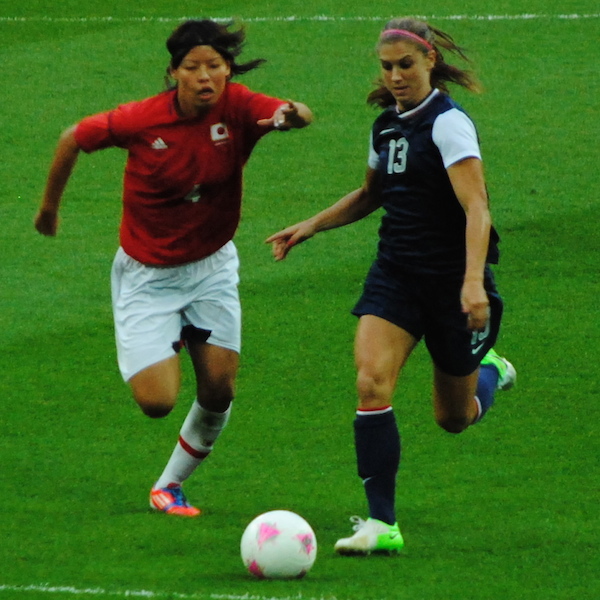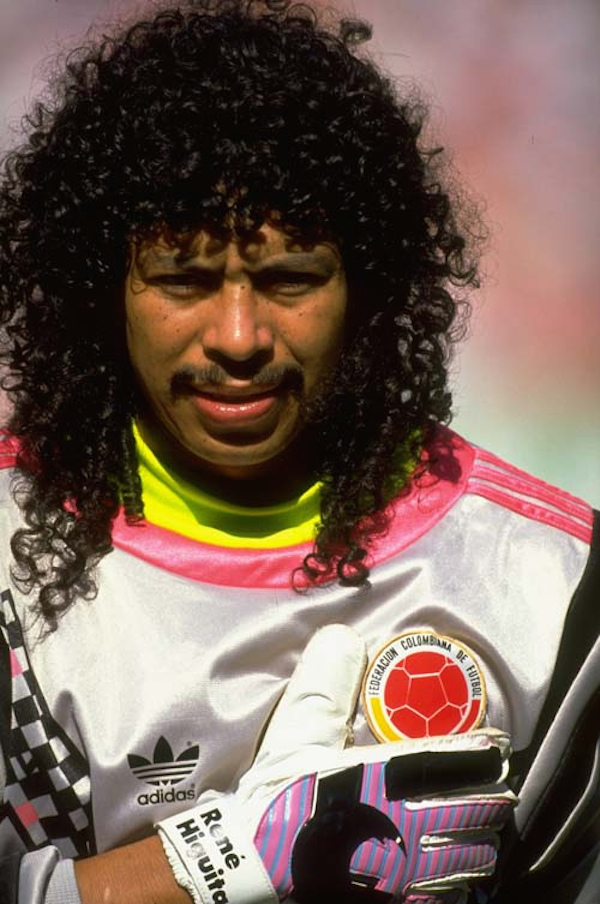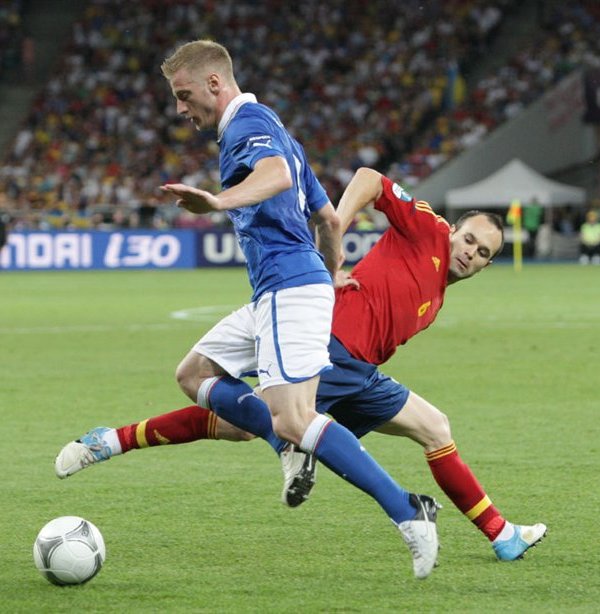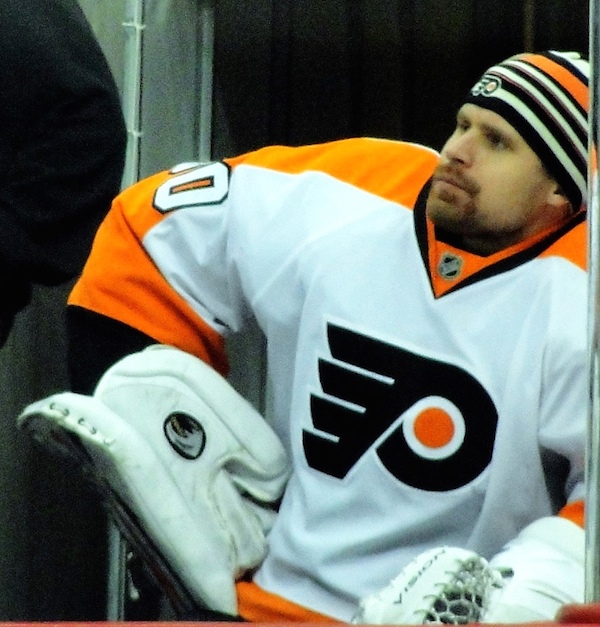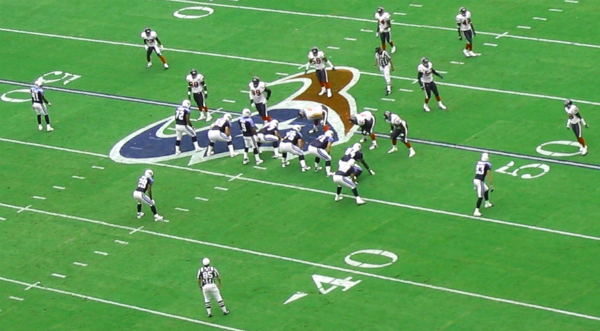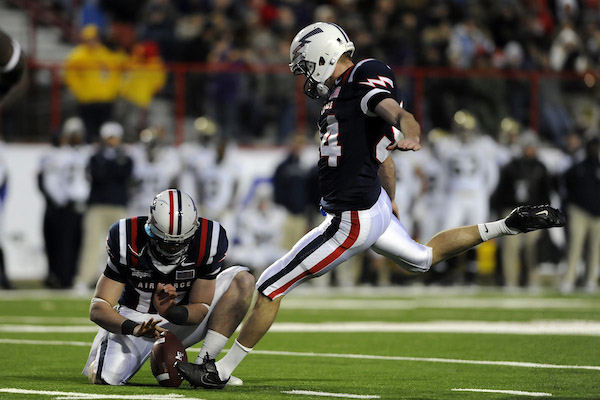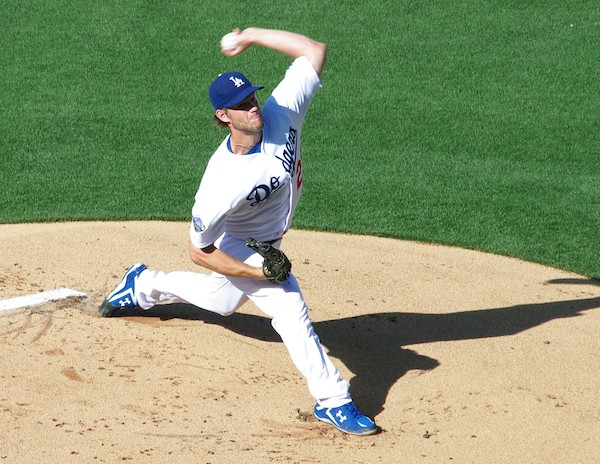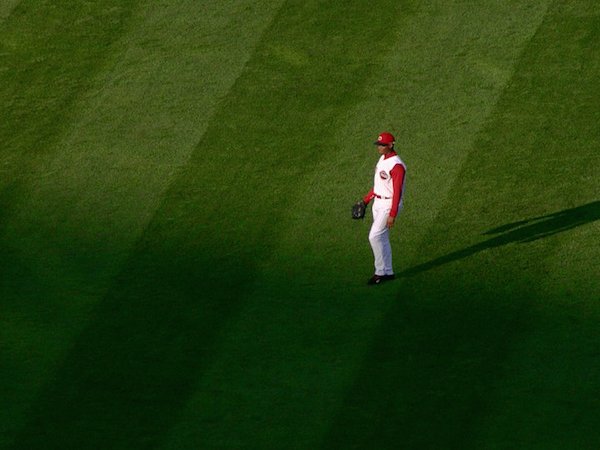International sports are said to be one window into a country’s character. It’s a lovely idea, but there’s a giant, obvious problem with it — which national team are we talking about? Sometimes, during some eras, in some countries, you might have a style of competition that’s universal across all sports, but that’s the exception, not the rule. Most of the time, a national basketball team will play differently from a national ice hockey team, and the men’s version of a team will play differently from the women’s. The question becomes, which team and narrative do you want to choose. If the way a national team plays says something about your country, what do you want it to say? If you like the idea of the United States as the world’s sole superpower, root for the men’s or women’s national basketball teams. If you like the picture of the United States as it was in the early 20th century, its potential as a world power still untapped, root for the men’s soccer team. If you want a representation of the United States that is powerful but still struggling to its peak, root for the U.S. men’s ice hockey team. Plus, that way, you get to (sports) hate Canada.
Heading into the 2015 World Cup, the U.S. Women’s National Soccer team represents the best combination of accuracy and positivity of all United States national teams. This team was a dominant power in the 1990s (check) but has not had a big victory on the world stage since 1999 (check). It is still thought of as the world’s most powerful team (check) but the second and third and fourth strongest countries are breathing on its neck, not materially behind (check). You can root for this team without feeling sheepish because they are so much better than their competition and without feeling hopeless because they have no chance. After sixteen years without a World Cup victory, it’s not selfish to feel like the team deserves a victory and it’s not paranoid to be afraid that they won’t get it. This team is basically perfect to root for.
To help prepare you to root for the U.S. Women’s National Soccer team, we published short profiles of every player on the 23-person roster. When female athletes take their turn in the spotlight, they often receive coverage that is slanted toward non-game aspects of their stories — marriage, children, sexual preference, perceived lack-of or bountiful sexiness, social media activity, etc. In the hope of balancing things out, just a tiny bit, these previews strove to stay on the field, with only a little bit of non-gendered personal interest when possible.
Goaltenders
The goaltender or goalie is the only player on the field who can use her hands, a goalie’s task is to organize the defense and prevent the other team from scoring however she can. It’s a position for the reckless, the non-conformists, the obsessive, and the very brave. Learn more about the position here and in our Soccer 201 course.
Hope Solo – Widely considered the best goalie in the world. She’ll be looking to cement that title with a World Cup title.
Ashlyn Harris – The team’s second choice in goal. When Solo was suspended this past winter, Harris played and played well.
Alyssa Naeher – Break glass if needed. Naeher would start at goal for most of the countries in the world. For the U.S., she’s third in the order.
Defenders
Defenders are strong, physical, and extraordinarily reliable. An attacker who makes 17 mistakes and has one success is a hero, a defender who has 17 successes and makes one mistake is the opposite of a hero. Some defenders help out on offense by making runs up the field or by acting as targets for corner kicks and other set pieces. Learn more about the position here and in our Soccer 201 course.
Megan Klingenberg – An offensive minded left fullback, Klingenberg may be the fastest woman on the team. Watch for her to create offensive chances by moving up the field and playing crosses into the penalty box.
Becky Sauerbrunn – A true defender’s defender, Sauerbrunn is used to being an ironwoman. Don’t expect her to leave the field during the World Cup.
Julie Johnston – Johnston broke into the starting lineup this winter with a series of strong defensive and offensive performances. She scored three goals in three successive games, all on runs to the near post on set pieces.
Ali Krieger – Krieger career has seemed cursed by a series of major injuries, most recently a concussion. If she can stay healthy, she’ll provide veteran play from her right defensive position.
Kelley O’Hara – O’Hara can play every position on the field and play it well. We could see her as a defensive or midfield sub.
Christie Rampone – The last active U.S. National Team player who played in the 1999 World Cup. Until an injury this winter gave Julie Johnston the opportunity to take over, Rampone was expected to start. She’s still capable of playing quality time if needed. If not, she’ll provide valuable leadership from the bench.
Whitney Engen – A likely mainstay of future teams, Engen is unlikely to play in this World Cup.
Lori Chalupny – Comes off the bench as an outside defender. If Klingenberg or Krieger falter, Chalupny will be the first choice to replace them.
Midfielders
Midfielders run and run and run and then run some more. Asked to play a role in every phase of the game, midfielders are like the connective tissue of a soccer team. It’s also the most varied position. Some midfielders focus on offense, some on defense, some on scoring, and some on passing. Learn more about the position here and in our Soccer 201 course.
Lauren Holiday – A playmaking midfielder who has been asked to play a holding or defensive midfield role on this team. Look for her to jumpstart the offense anyway with inventive long passes.
Megan Rapinoe – Rapinoe is one of the most technically gifted players in the world. She has amazing vision, precision passing ability, and a penchant for coming through when the team needs her the most.
Carli Lloyd – Lloyd is the hardest working woman in soccer. She’ll run for 90 minutes and more. She’s physically dominant. Lloyd looks to score from outside and possesses the rocket-powered feet to do it.
Christen Press – A gifted striker forced back into the midfield by the USA’s unprecedented logjam at forward. Press thrives at midfield, making long attacking runs from her deeper position.
Shannon Boxx – Boxx was Lloyd before Lloyd was. Now, she’s a veteran who can be counted on to provide a reasonable facsimile of her old self for short periods.
Morgan Brian – The youngest player on the team, and the only college player, Brian would be the driving force on most teams. For this team, she’s probably going to be the first midfielder off the bench, able to replace any midfielder well.
Tobin Heath – Heath is one of the most talented and creative dribblers in the world. When she gets into the game, watch for her to run at opposing defenders. They’ll need two or three defenders to stop her.
Heather O’Reilly – O’Reilly has a knack for goal scoring. If she sees action in the World Cup, she’ll have a nose for goal.
Forwards
Forwards or strikers care about only one thing in the world, scoring. Even with that singular goal, forwards have a few different ways of going about it. Learn more about the position here and in our Soccer 201 course.
Amy Rodriguez – The forgotten forward, Rodriguez is an all-around proficient striker who can score in every way possible. At 28, she’s perfectly placed to step in if the older Wambach or younger Leroux, Morgan, or Press falter.
Sydney Leroux – Leroux scares the heck out of opposing defenses with her speed and limitless will. Make one wrong move on defense and she’s behind you with the ball in scoring position.
Alex Morgan – This was supposed to have been Morgan’s World Cup but a series of ankle and knee injuries put that in question. If she’s healthy, she should be a prime weapon.
Abby Wambach – Wambach is the GOAT — the Greatest of All Time. But she’s never won a World Cup, and at 35, this will be her last chance. When she’s got it going, she’s still the best striker in the world. The question will be, how much does she have left?

